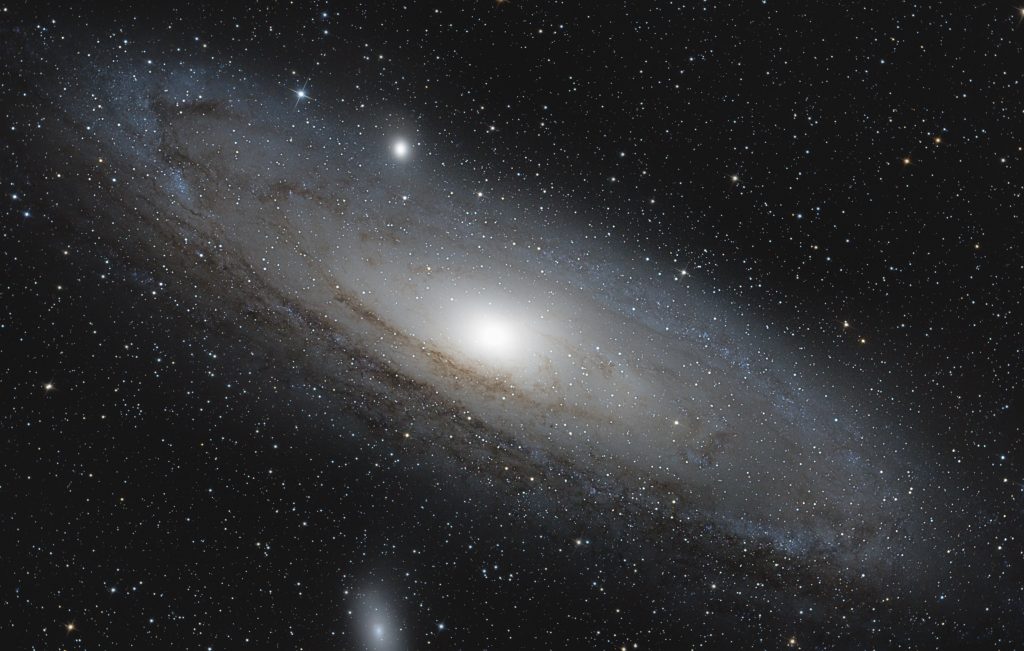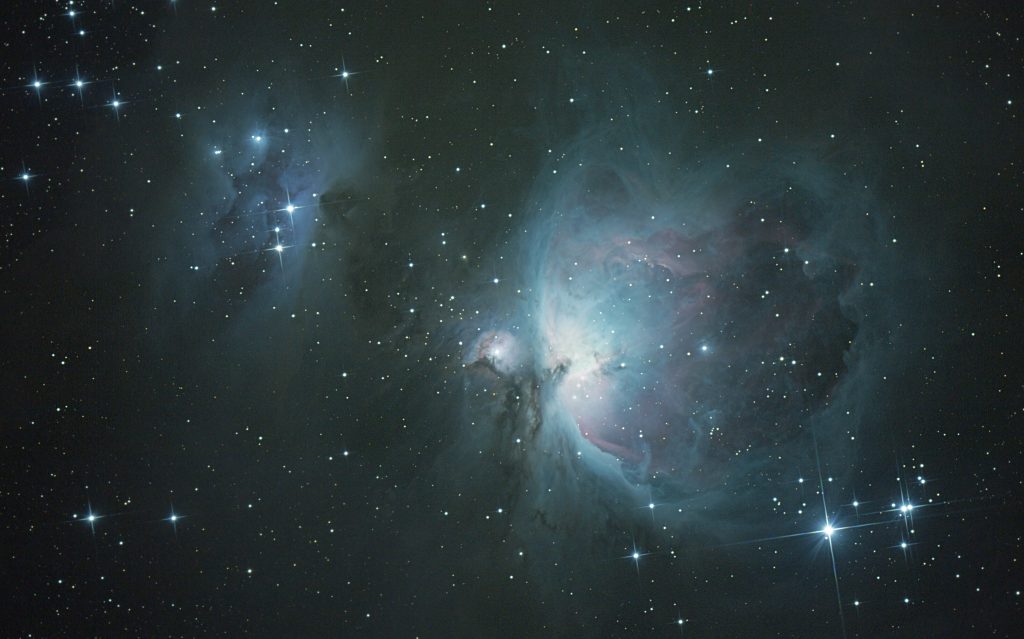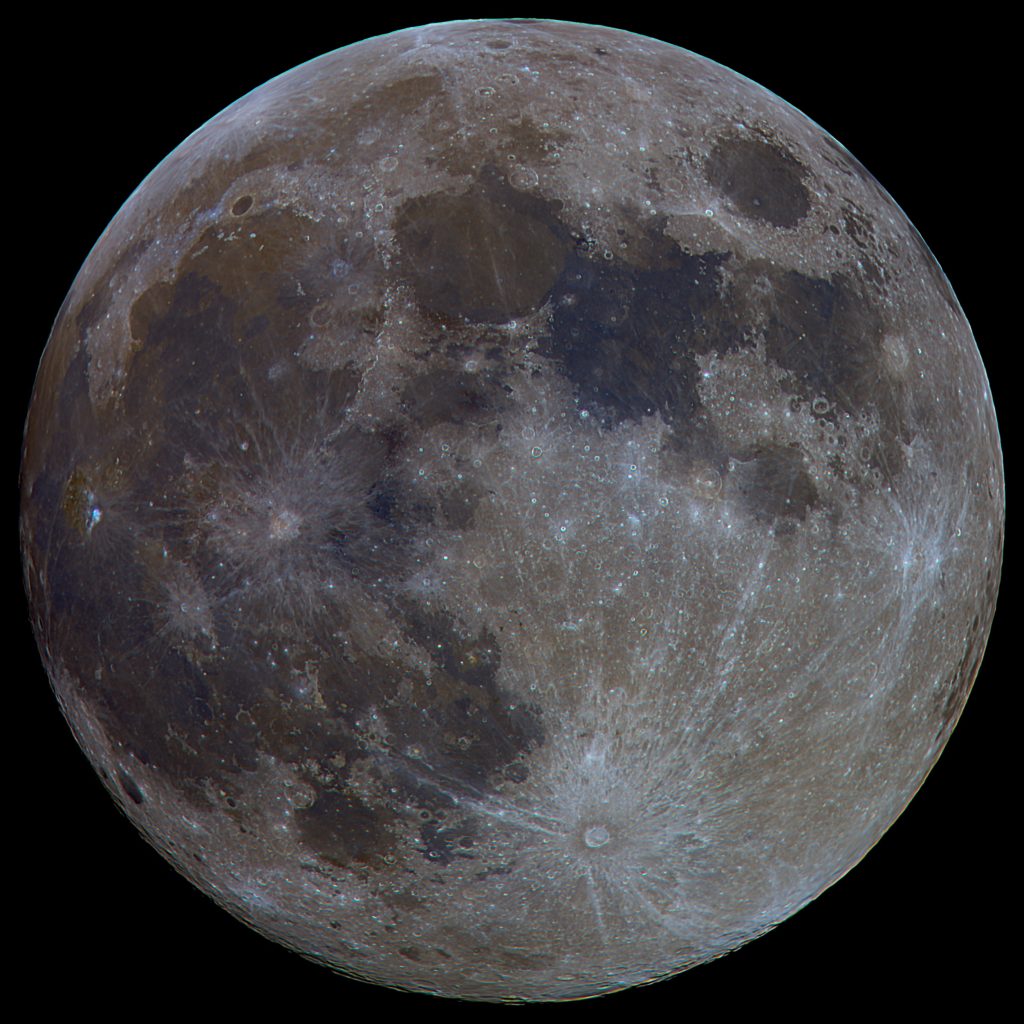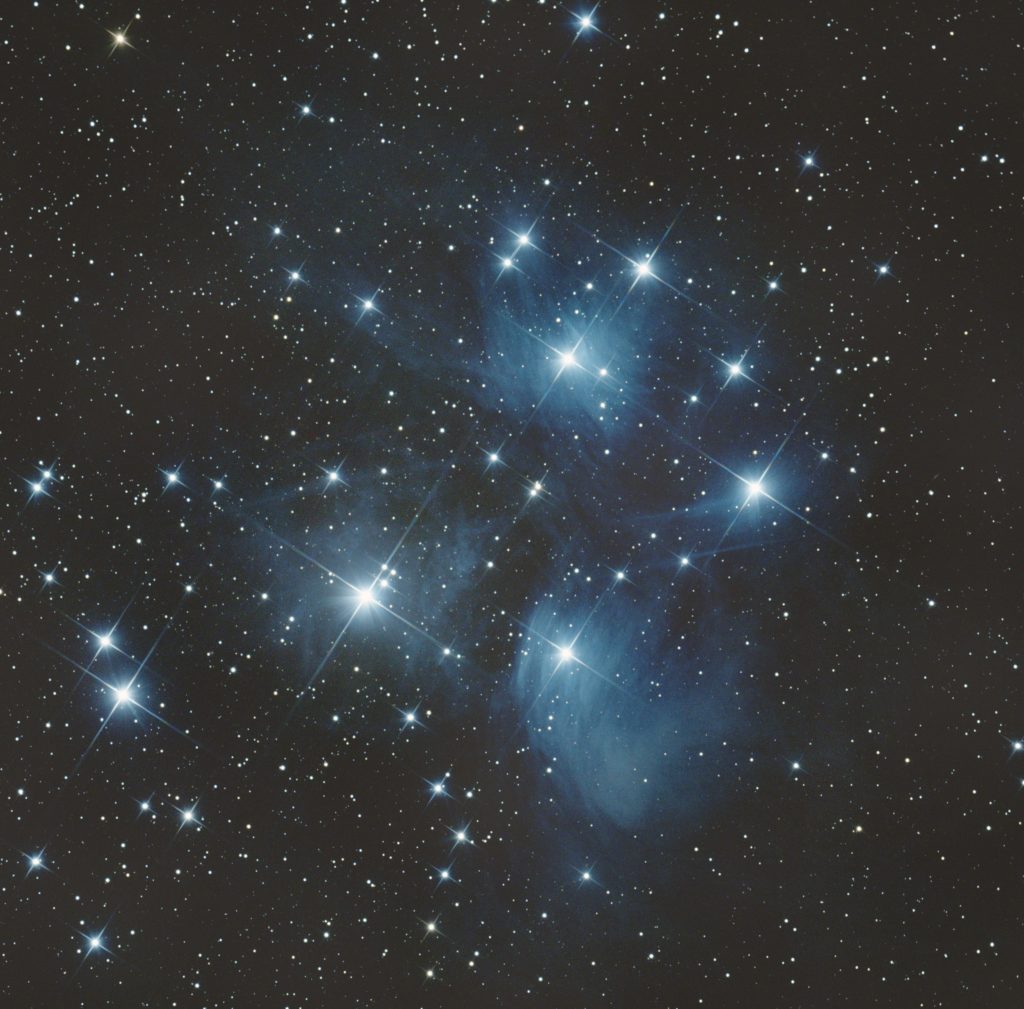My new equipment
After deciding to buy a proper equatorial mount (an SW EQ6-R Pro) with an astrograf , imaging has become much easier. I have also finally learned how to do collimation of mirrors well enough for it not to be a complete nightmare. It is still pretty nightmarish in the cold and dark, but what isn’t.
Guiding (using this camera in my finder scope to track stars) also has helped imaging a lot, since it partially compensates for polar align not being perfect, as well as allowing really long exposures if needed. From the city I do not see polaris, so I just do a very rough polar align and hope guiding deals with the tracking issues. I should probably learn to improve polar align based on mount tracking errors, but it seems like such tedious procedure. I have yet to find the energy to learn it.
The quality curse
One nice thing about lucky imaging DSOs is that most non tracking related image defects are not really a problem, since they are swamped by tracking issues. I was super happy if I got halfway decent data. Now with proper tracking I get really annoyed by tiny technical defects.
Anyway here are my best images from this year so far. I had a lot of fun taking these and editing them. They are all taken with only dark calibration frames, and either using fake flats or no flats. AstroPixelProcessor is magic, all the DSO images are stacked partly post processed using it.
The images




I am bitten so hard by this hobby so expect more astrophotography related content. I will try and post other stuff as well, but this is way too much fun.
